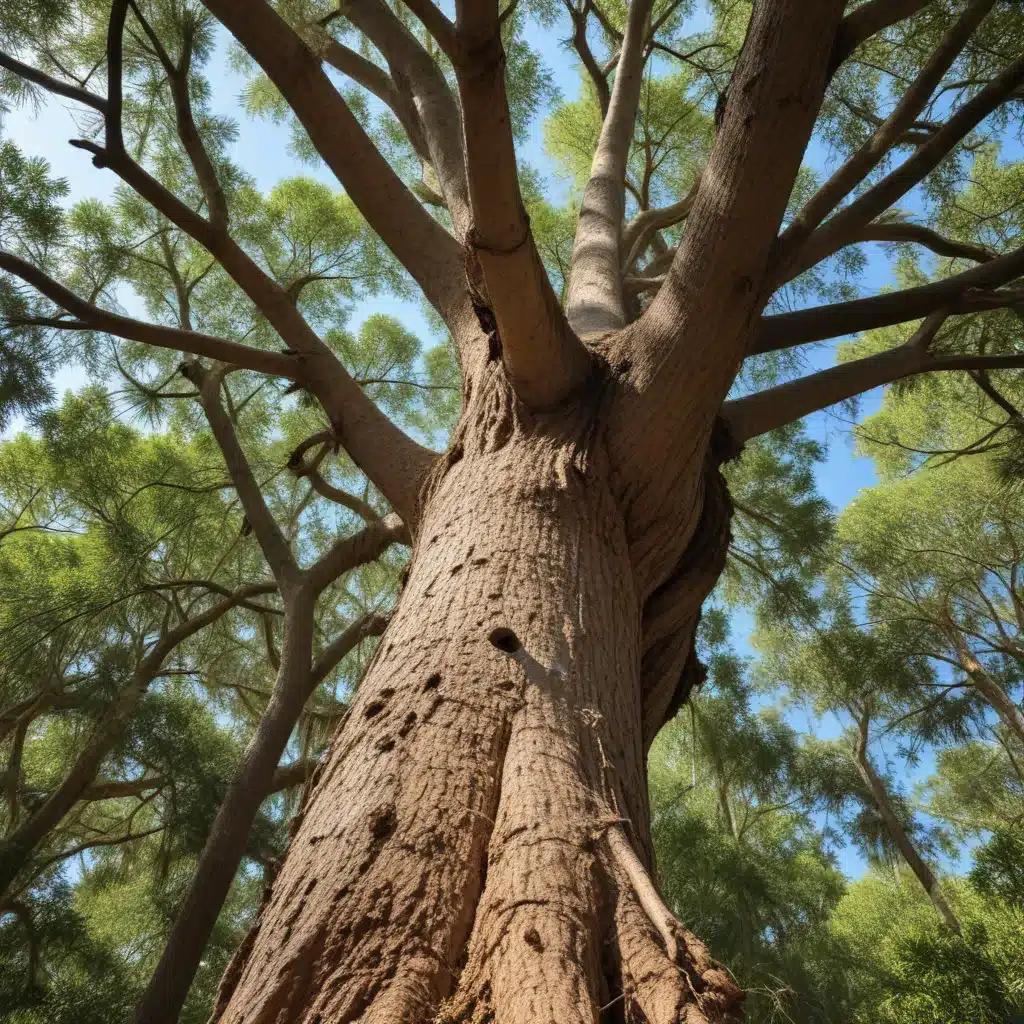
Unlocking the Secrets of Responsible Tree Care in Palm Beach County
As an experienced tree care specialist in Palm Beach County, I’ve had the privilege of working with homeowners, businesses, and local authorities to ensure the health and safety of our urban forest. One of the most crucial aspects of this work is navigating the permitting process for tree removal projects. While it may seem like a daunting task, I’m here to share my insights and guide you through the process, so you can tackle your tree care needs with confidence.
Understanding the Permitting Landscape
Florida’s regulations surrounding tree removal and landscaping are designed to protect our valuable natural resources, while also allowing for necessary maintenance and improvement. In Palm Beach County, the permitting process can vary depending on the scope of your project, the type of property involved, and the local authorities you’ll need to work with.
For example, if you’re planning to remove a tree on your private residential property, you may need to obtain a permit from your local city or county government. The specific requirements can differ, so it’s essential to do your research and connect with the right officials early on. On the other hand, if your tree removal project is part of a larger construction or development plan, you may need to coordinate with multiple agencies, including the U.S. Army Corps of Engineers and the Florida Department of Environmental Protection.
Navigating the Permitting Process
One of the most valuable resources I’ve discovered for navigating the permitting process is the City of Mary Esther’s guide. While this guide is specific to their jurisdiction, it provides a comprehensive overview of the key steps and considerations that apply to tree removal projects across Palm Beach County.
The first step is determining whether your project requires a permit. As a general rule, any tree removal or landscaping work that involves structures, setbacks, or impacts on the environment will likely require a permit. This includes removing trees, installing new landscaping, or even making changes to existing structures.
Next, you’ll need to identify the specific permits required for your project. This may involve obtaining permits from your local city or county government, as well as potentially working with state or federal agencies. The permitting process can be complex, so I always recommend reaching out to the relevant authorities early on to understand the requirements and timelines.
Preparing for a Successful Permit Application
Once you’ve identified the necessary permits, it’s time to prepare your application. This typically involves submitting detailed plans, drawings, and supporting documentation to demonstrate the scope and impact of your project. It’s important to pay close attention to the specific requirements for each permit, as the necessary information can vary.
One crucial aspect of the application process is ensuring that your plans comply with all relevant regulations and safety standards. This may include considerations such as tree protection measures, stormwater management, and compliance with local zoning and environmental laws.
To streamline the process, the City of Tampa has launched a user-friendly tool called PermitNav, which guides homeowners and permit applicants through the residential permitting process. By answering a series of questions, PermitNav can help you quickly identify the permits you’ll need for your project, saving you time and frustration.
Navigating the Review and Approval Process
After submitting your permit application, the relevant authorities will review your plans and documentation to ensure they meet all the necessary requirements. This process can take time, so it’s essential to be patient and responsive to any requests for additional information or clarification.
During the review phase, you may need to coordinate with multiple agencies, such as the local building department, the fire department, and environmental protection agencies. Each of these entities will have their own specific requirements and timelines, so maintaining clear communication and staying organized is crucial.
Once your permit application has been approved, you’ll receive the necessary documentation to proceed with your tree removal or landscaping project. It’s important to carefully review these permits and ensure that you adhere to all the specified conditions and requirements throughout the duration of your work.
Ensuring Compliance and Safety
Even after obtaining the necessary permits, the tree care process doesn’t end there. As a responsible tree care specialist, I always emphasize the importance of adhering to safety protocols and best practices throughout the project.
This includes following proper tree removal and pruning techniques, securing the work site, and disposing of any waste or debris in an environmentally responsible manner. Maintaining open communication with local authorities and residents can also help ensure a smooth and successful project.
The Importance of Working with Professionals
While the permitting process may seem daunting, it’s essential for protecting our local environment and ensuring the safety of our communities. As a tree care specialist, I’ve seen firsthand the consequences of unpermitted or improperly executed tree removal and landscaping projects.
That’s why I always recommend working with licensed and experienced professionals who are familiar with the permitting requirements in Palm Beach County. Not only will they be able to navigate the process more efficiently, but they’ll also have the expertise to ensure your project is completed safely and in compliance with all relevant regulations.
Embracing the Permitting Process for a Greener Future
At the end of the day, the permitting process for tree removal projects in Palm Beach County is not just a bureaucratic hurdle, but a crucial safeguard for our urban forest and local environment. By understanding the requirements and working with knowledgeable professionals, you can ensure that your tree care needs are addressed in a responsible and sustainable manner.
As we continue to navigate the ever-evolving landscape of tree care and landscaping in Florida, it’s essential that we remain committed to preserving and enhancing our natural resources. By embracing the permitting process and following best practices, we can work together to create a greener, healthier, and safer future for our community.


